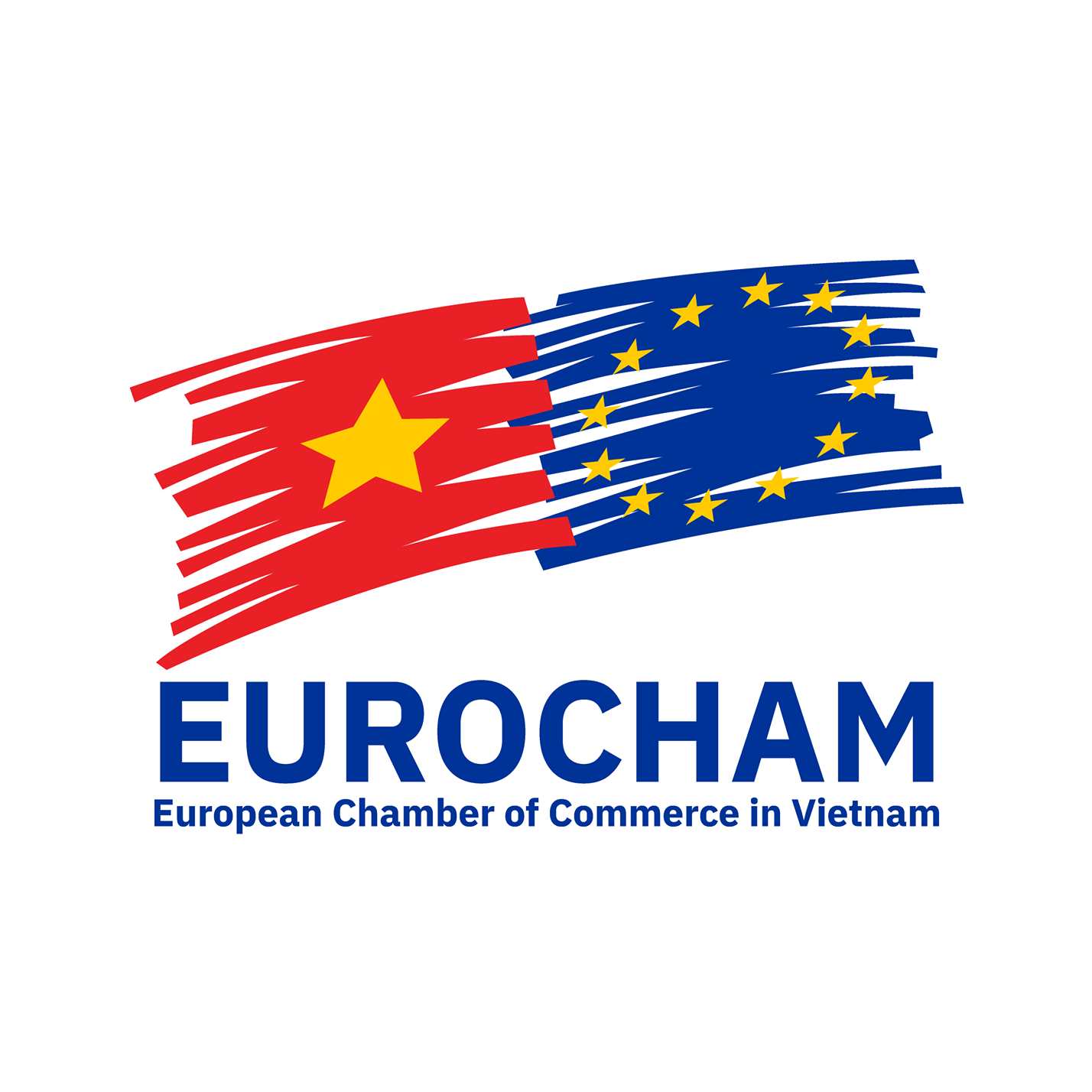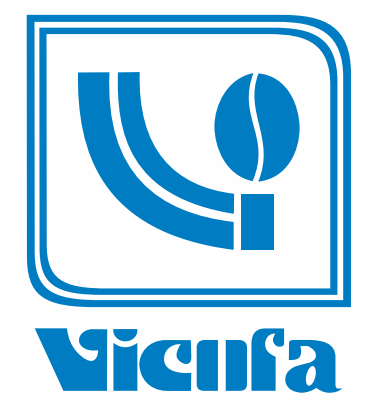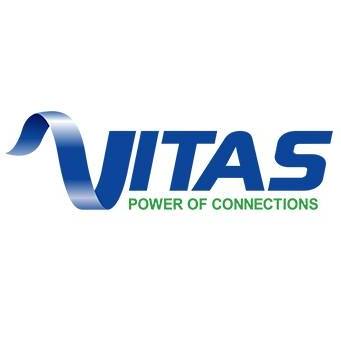
1. Vietnamese coffee export to China: Why Vietnam is a Top Coffee Source for China
Vietnam is the world’s largest producer of Robusta coffee, accounting for over 40% of global output, and has steadily increased its Arabica coffee production in recent years. This makes Vietnam’s coffee export to China vital for China’s growing coffee demand — from large-scale instant coffee manufacturing to high-end specialty roasting.
China’s coffee consumption is expanding rapidly, driven by a rising café culture, younger consumer demographics, and the increasing popularity of ready-to-drink beverages. However, finding a reliable supply chain — from sourcing the right beans to navigating export procedures — can be challenging.
VICO Logistics bridges this gap by connecting Chinese buyers directly with Vietnam’s top coffee-growing regions and ensuring smooth, cost-effective delivery from farm to port.
2. Top Coffee Regions in Vietnam for Chinese Buyers
2.1 Dak Lak Province
As the largest Robusta coffee producing area in Vietnam, Dak Lak is known for beans with a bold, intense flavor that stands up well in instant coffee blends and espresso bases. With expansive coffee plantations and established farming infrastructure, the province offers a consistent supply that meets the demands of large-scale production facilities in China. Buyers sourcing from Dak Lak can rely on its production stability and well-developed export capabilities.
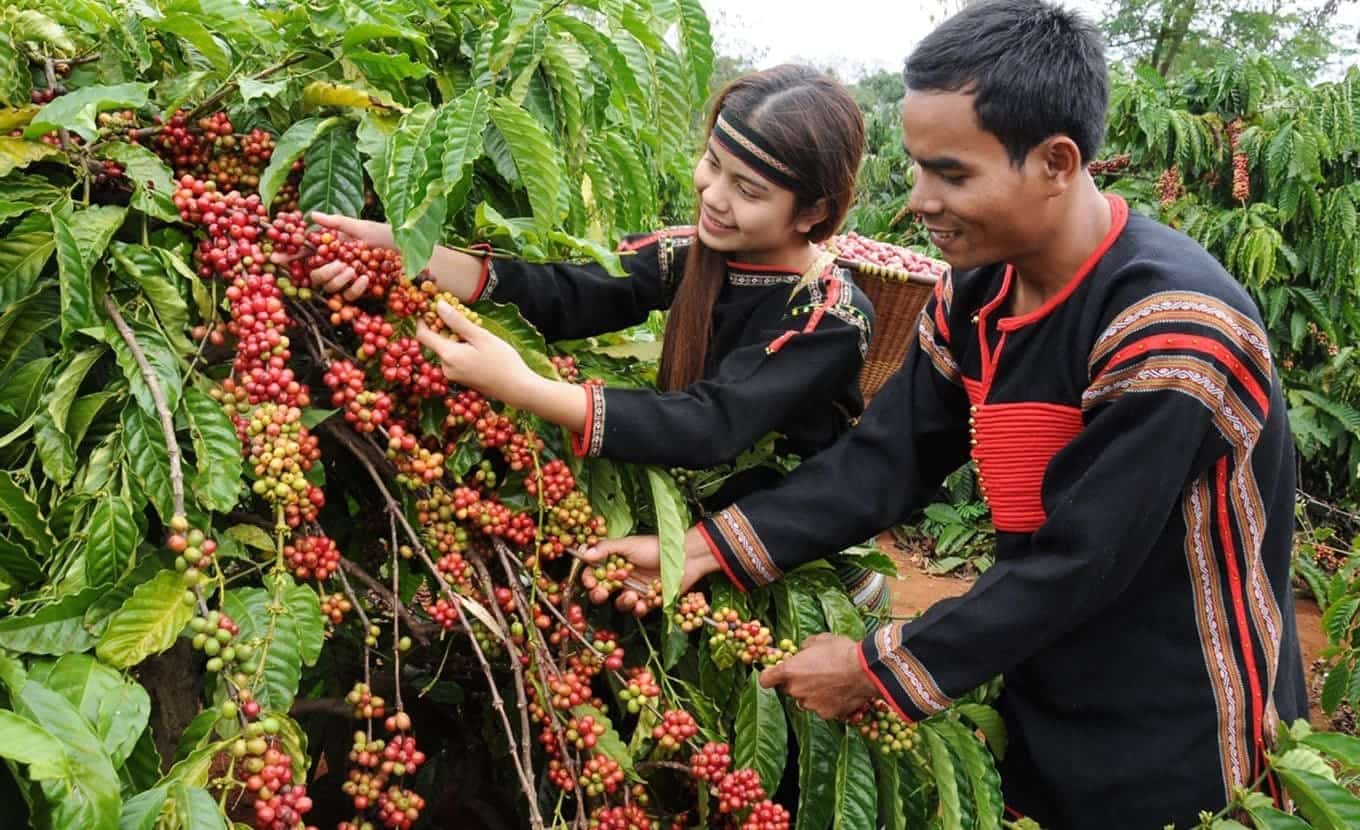
Cre image: vneconomy
2.2 Lam Dong Province: Lam Dong Arabica coffee export
Located in the Central Highlands, Lam Dong — especially the Da Lat area — is celebrated for its high-quality Arabica coffee. The cooler climate and higher elevations produce beans with fruity, floral notes and complex acidity, making them a favorite for specialty coffee roasters. As China’s specialty coffee market grows, Lam Dong’s Arabica provides an attractive option for buyers seeking to appeal to discerning consumers who value nuanced flavor profiles.
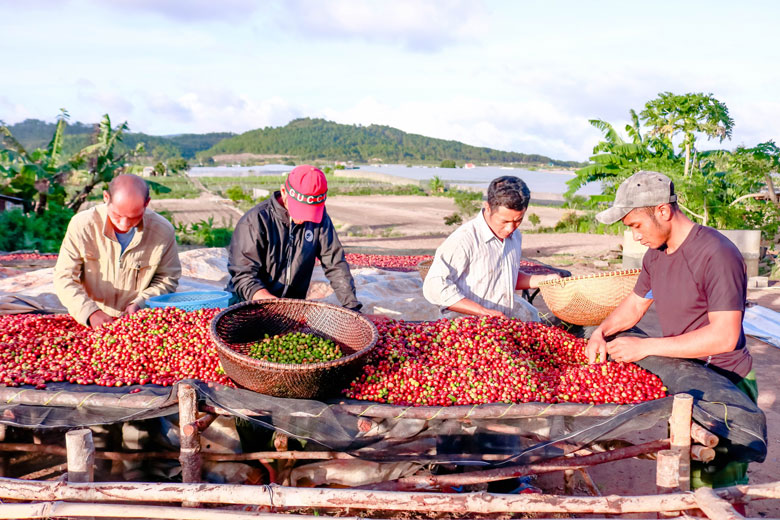
Cre image: E-Magazine in Lam Dong
2.3 Gia Lai Province
Gia Lai offers a balanced Robusta with distinctive taste characteristics that appeal to both traditional and modern coffee drinkers. The province has been steadily increasing its production capacity, creating more opportunities for export. For Chinese buyers, looking to Gia Lai coffee bean export offers a way to diversify sourcing without compromising quality.
2.4 Sơn La Province
Why it’s suitable: Sơn La is one of the leading provinces for Arabica coffee in Northern Vietnam due to its high altitudes (1,000–1,400 meters above sea level), cooler climate (20°C–22°C), and abundant rainfall (1,300–1,900 mm annually). The mountainous terrain and fertile soil contribute to high-quality Arabica beans with mild acidity and complex flavors, often featuring chocolate or nutty notes.
2.5 Điện Biên Province
Similar to Sơn La, Điện Biên benefits from high altitudes (1,000–1,400 meters) and a cool climate, ideal for Arabica coffee. The region’s beans are known for their delicate aroma, bright acidity, and complex flavor profiles.
Notable features:
Coffee farming significantly boosts the local economy, particularly for ethnic communities.
Farms are often small and family-run, using traditional methods like hand-picking to ensure quality.
The region is less touristy, offering an authentic experience for visitors interested in coffee farm tours.
Challenges: Recent climate challenges, such as unpredictable weather, have impacted cultivation, requiring adaptive farming techniques.

2.6 Vietnam vs. Other Coffee Exporters to China
While Brazil remains the world’s largest coffee exporter, Vietnam has a unique advantage for China:
Shorter transit time: 5–10 days by sea or 2–4 days by cross-border trucking vs. 30+ days from Brazil or Colombia.
Lower freight costs: Reduced shipping distance and established Vietnam–China trade corridors.
Freshness: Faster delivery means higher cup quality for specialty roasters.
3. How VICO Logistics Connects Vietnamese Coffee Exports to the Chinese Market
VICO Logistics’ presence in Dak Lak, Lam Dong, and Gia Lai enables direct access to local producers. By maintaining strong relationships with verified suppliers, VICO can negotiate favorable pricing and ensure that coffee is sourced according to the buyer’s specifications. The company’s local network facilitates smooth coordination from harvesting to final transport, reducing the risk of delays or miscommunication. Through comprehensive end-to-end logistics, VICO moves coffee directly from the farm to Chinese ports with full oversight.
VICO Logistics has also actively participated in events like the International Coffee Expo and works with associations like VICOFA to promote official exports, leveraging RCEP for tariff reductions and efficient logistics.
3.1 Quality Standards of Vietnamese Coffee for Export to China
3.1.1 Coffee Varieties
Vietnam’s coffee exports are dominated by Robusta, valued for its strong flavor, higher caffeine content, and lower cost compared to Arabica. While Robusta remains the primary export, Arabica production — particularly from Lam Dong — has been growing, catering to premium and specialty markets.
3.1.2 Coffee Grades
Buyers can select from various coffee grades based on bean size, uniformity, and moisture content. Popular export grades include Grade 1 and Screen 18, with moisture content typically kept below 12.5% to maintain freshness during long-distance shipping.
3.1.3 Certifications
Many Vietnamese suppliers now offer certified coffee to meet international buyer expectations. Certifications such as 4C, Rainforest Alliance, UTZ, and Organic verify that beans are produced sustainably and ethically, giving buyers confidence in both quality and sourcing practices.
3.2 Compliance with China’s Import Regulations
To enter the Chinese market, coffee shipments must meet food safety requirements, including phytosanitary certification, accurate labeling in Chinese, and complete documentation of origin. These measures protect consumer safety and ensure traceability.
3.3 VICO’s Quality Assurance Role
VICO ensures that all shipments meet both Vietnamese export and Chinese import standards. This includes conducting pre-shipment inspections, performing quality control checks, and assisting with all necessary paperwork. By handling these critical steps, VICO reduces the risk of rejections or delays at customs, ensuring a smooth import process.
4. Recent Trends and Forecasts in Vietnamese Coffee Exports to China
Vietnam's coffee sector is poised for growth, with total exports in 2024 reaching 1.34 million tonnes valued at $5.62 billion, and aims for a record $8-10 billion in 2025. For China specifically, exports are expected to rise with Vietnam's production forecast at 27 million bags in 2025/26. The Regional Comprehensive Economic Partnership (RCEP) has facilitated this by reducing tariffs, such as on instant coffee, simplifying origin rules, and enhancing trade efficiency.
However, challenges include global climate impacts leading to declining output and rising prices, though no major tariffs hinder China exports—focus remains on sustainability and quality compliance.
4.1 Ensuring Cost-Effective Sourcing and Transportation from Vietnam
4.1.1 Pricing Advantages of Vietnamese Coffee
Vietnam offers some of the most competitive coffee prices in the global market. Robusta from Dak Lak is a cost-effective choice for high-volume buyers, while Lam Dong’s Arabica provides a more affordable alternative to South American beans without sacrificing flavor quality.
4.1.2 LCL Coffee Shipping in Vietnam: Cost-Saving Logistics Solutions
VICO provides flexible logistics options that help buyers save on shipping costs. For smaller orders, Less-than-Container Load (LCL) shipping allows buyers to share container space, reducing expenses. For larger buyers sourcing from multiple regions, VICO offers consolidation services, combining beans from different suppliers into one shipment for efficiency.
4.1.3 VICO Logistics’ Expertise
With years of experience in Vietnam–China trade routes, VICO has established reliable shipping channels via both sea freight and cross-border trucking. Their deep knowledge of customs clearance for coffee products ensures smooth processing, while optimized routes minimize transit times and lower costs.
5. How to Start Sourcing Vietnamese Coffee? Let Us Help
Starting a sourcing partnership with VICO Logistics is straightforward. Buyers first share their specific coffee requirements, such as variety, grade, and volume. VICO then provides samples for evaluation, allowing buyers to confirm quality before committing to a contract. Once terms are agreed, VICO manages the entire shipping process — from coordinating with farms to ensuring the coffee arrives at the designated Chinese port or warehouse. Communication is available through WeChat, email, or direct phone contact to accommodate buyer preferences.
6. Conclusion: Unlock Vietnam’s Coffee Potential for the Chinese Market
Vietnam offers Chinese coffee buyers an unmatched combination of variety, quality, and cost-effectiveness. From the bold Robusta of Dak Lak to the delicate Arabica of Lam Dong, the country’s diverse coffee regions can meet the needs of both mass-market and specialty roasters. Partnering with VICO Logistics means gaining not only a sourcing agent but also a trusted logistics partner who ensures that coffee reaches China quickly, safely, and in optimal condition.
To explore Vietnam’s coffee opportunities and secure a reliable supply chain, contact VICO Logistics today.
Learn more coffee articles at:
1. EUDR Compliance Vietnam: A Critical Requirement for Coffee Exporters
2. Opportunities and Challenges of Exporting Viet Nam Coffee to China
3. Factory Coffee: The Global Coffee Harvest Calendar and Seamless Export Logistics
---------------------------
VICO Logistics – Your Indochina Expert
Premium member of Eurocham, JCtrans, VICOFA, VITAS... associations
Owned offices: Hong Kong (headquarters), China (Shenzhen, Shanghai), Vietnam (Ho Chi Minh, Da Nang, Hai Phong).
Youtube - Linkedin - Fanpage
Follow us for more valuable information
Book now: https://vico.com.hk/#quotation
Contact us:
- Email mkt4_hcm@vico.com.hk (For business development)
- Hotline: Zalo/Whatsapp: (+84)901877108
- WeChat China: imschylerla (CN/EN)
- WeChat Vietnam: miauyen1577 (VN/EN)
